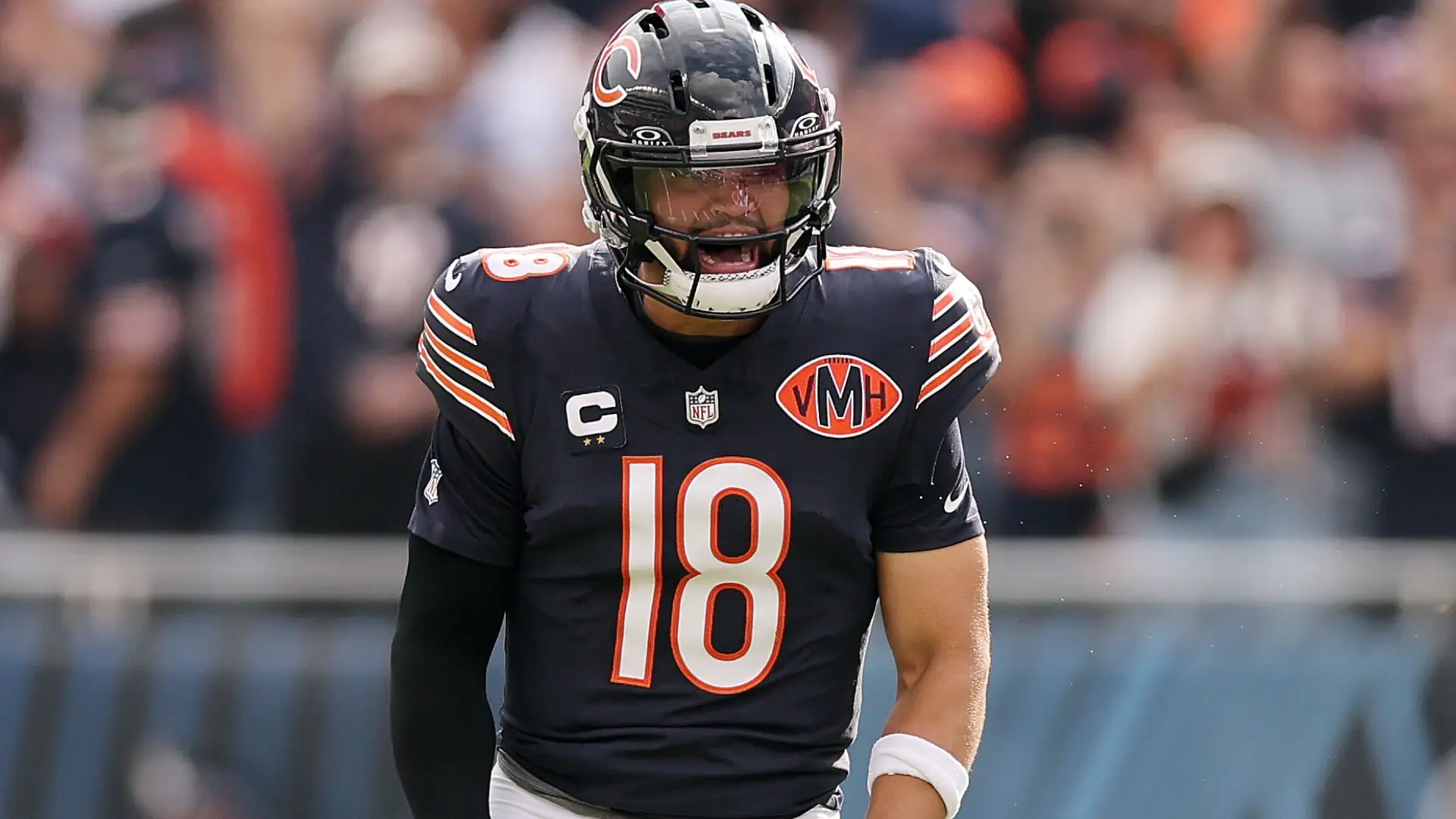
The PGA Tour has officially rolled out PGA Tour Central, billed as a transformative move aimed at reshaping how players, teams, and fans engage with professional golf. This isn’t just a cosmetic upgrade or a marketing rebrand–Tour leaders are positioning it as a structural shift in how the game is organized and how value is created off the course.
In an era when sports leagues everywhere are doubling down on technology, media, and team models, the PGA Tour is signaling that it’s not content to remain a relic of the past. PGA Tour Central represents a bid to modernize, to better integrate broadcast, analytics, team-based competition, and player branding, and perhaps to stake a claim to the future of golf.
What Is PGA Tour Central?
At its core, PGA Tour Central is a hub–a digital, operational, and organizational center meant to streamline how the Tour handles player services, media, content production, and team operations. Rather than having functions scattered across departments or external vendors, the Tour is consolidating many of these moving parts under one roof.
One big element is media and broadcast integration. With the rise of streaming, on-demand video, microcontent (short social clips), and real-time stats, the old model of producing tournament coverage in a linear, “TV first” way is under pressure. PGA Tour Central offers the infrastructure to support a multi-platform, agile media strategy that can deliver golf content to fans wherever they are.
Another angle: team structures and alliances. The Tour is exploring how players can coalesce into teams or affiliations, working together on marketing, sponsorships, fan engagement, and content creation. By tying those functions into Tour Central, the Tour can better support teams while maintaining overall control and brand consistency.
The centralized approach also supports data, analytics, and player services. Centralizing stat tracking, performance support, scheduling, and player development under one umbrella can help players get more consistent resources, and help the Tour leverage data for strategy, marketing, and fan experience.
“Our players have really been relying a lot on our fan facing platforms to get data and information after their rounds,” Eric Hanson, PGA Tour VP/Product Development, said. “What we give fans is really just a piece of all of what we have available.
“What we’ve done with this platform is really unlocked a lot of the data and information that’s really pertinent to our players, their managers, their staff. So, they’re getting a lot of things that fans might not have access to that are really important for their game improvement.”
The Stakes Behind the Move
This shift is more than internal housekeeping. The stakes are high. The PGA Tour faces growing competition–not just from other golf circuits (e.g. LIV Golf, European Tour initiatives) but from every major sport pushing deeper into content, digital engagement, and team-based models.
If PGA Tour Central works, it gives the Tour several advantages:
Speed to market: faster content production, better coordination across apps, live feeds, social media, and broadcast.
Scalability: unified infrastructure means new tournaments, new media deals, or new team formats can be deployed more easily.
Player empowerment & monetization: teams or player groups can leverage Tour Central’s platform for branding, merchandising, and fan engagement, without the friction of disparate systems.
Stronger control over brand: by owning the platform, the Tour can maintain brand coherence, quality control, and monetization of media rights more tightly.
But there are risks, too. Centralization can breed bureaucracy or stifle local innovation. Some players or team groups may resist loss of autonomy. Execution matters: if the systems don’t mesh or the content doesn’t resonate, it could look like a hollow shell rather than a bold evolution.



